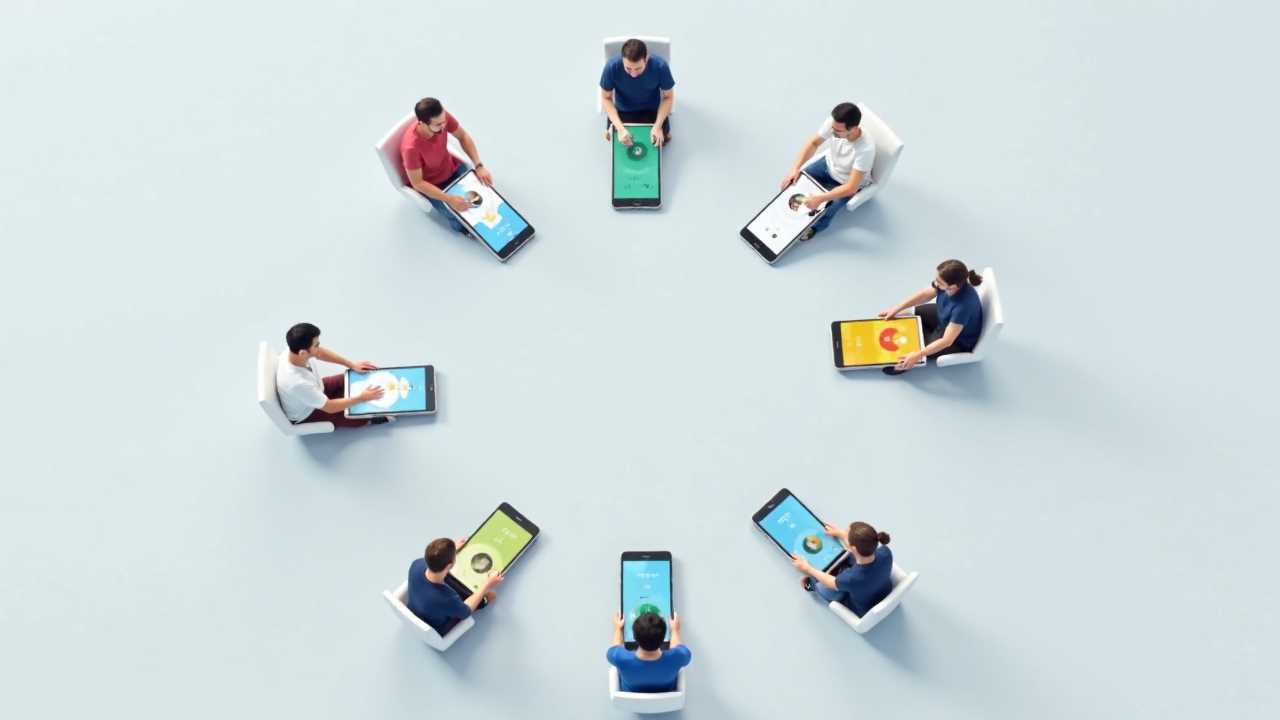
Understanding Flat Design in Mobile Puzzle Games
Flat design has emerged as a significant trend in the realm of mobile game artwork, particularly for puzzle games. This design philosophy emphasizes minimalism, stripping away unnecessary elements to focus on functionality and aesthetics. By utilizing a clean and simple interface, flat design enhances user experience, making it easier for players to navigate through the game. The absence of three-dimensional effects and gradients allows for a more streamlined approach, which is particularly appealing in the fast-paced environment of mobile gaming.
The Role of Minimalism in Game Design
Minimalism is at the core of flat design, promoting simplicity and clarity. In mobile puzzle games, where players often engage in quick sessions, a minimalist approach ensures that the user interface (UI) does not overwhelm them. By reducing visual clutter, players can focus on the essential elements of the game, such as the puzzles themselves. This design choice not only improves usability but also creates a visually appealing aesthetic that resonates with modern gamers.
Utilizing Vector Graphics for Enhanced Clarity
Vector graphics play a pivotal role in flat design, offering scalability without loss of quality. This is particularly important for mobile puzzle games, where graphics must look sharp on various screen sizes and resolutions. By employing vector-based artwork, developers can create crisp and clear visuals that enhance the overall gaming experience. The use of vector graphics also allows for greater flexibility in design, enabling artists to easily modify elements without compromising quality.
Choosing the Right Color Palette
A well-thought-out color palette is crucial in flat design, as it sets the mood and tone of the game. In mobile puzzle games, colors can evoke emotions and influence player engagement. A harmonious color scheme not only enhances the visual appeal but also aids in guiding players through the game. For instance, using contrasting colors can help highlight important elements, such as buttons or interactive features, ensuring that players can easily identify their next move.
When selecting a color palette, it is essential to consider the target audience and the overall theme of the game. Bright, vibrant colors may attract a younger demographic, while muted tones may appeal to an older audience. The right color choices can significantly impact player retention and satisfaction.
Effective Iconography in User Interface Design
Iconography is another critical aspect of flat design in mobile puzzle games. Icons serve as visual cues that guide players through the game, helping them understand functionalities without the need for extensive text. In a minimalist design, icons should be simple yet recognizable, allowing players to quickly grasp their meaning.
When designing icons, it is important to maintain consistency in style and size throughout the game. This not only enhances the aesthetic appeal but also reinforces brand identity. Effective iconography can lead to a more intuitive user experience, allowing players to focus on solving puzzles rather than deciphering complex instructions.
Aesthetics and User Engagement
The aesthetics of a mobile puzzle game are vital for attracting and retaining players. A visually appealing game can create a lasting impression, encouraging users to return for more. Flat design, with its emphasis on simplicity and elegance, can significantly enhance the overall aesthetic of the game.
By combining minimalism, vector graphics, a thoughtful color palette, and effective iconography, developers can create a cohesive visual experience that resonates with players. This approach not only improves user engagement but also fosters a sense of satisfaction and enjoyment, which is essential for the success of any mobile puzzle game.
Implementing Flat Design Principles
To successfully implement flat design principles in mobile puzzle games, developers should focus on the following key areas:
1. Simplicity: Strive for a clean and uncluttered interface that allows players to focus on the game. Remove any unnecessary elements that do not contribute to the gameplay experience.
2. Consistency: Maintain a consistent style throughout the game, from the color palette to the iconography. This helps create a unified experience that players can easily navigate.
3. Functionality: Ensure that all design elements serve a purpose. Each icon, button, and graphic should enhance the user experience and contribute to the gameplay.
4. Testing and Feedback: Regularly test the game with real users to gather feedback on the design. This can provide valuable insights into what works and what needs improvement.
The Future of Flat Design in Mobile Puzzle Games
As mobile gaming continues to evolve, flat design will likely remain a prominent trend. Its focus on minimalism and user experience aligns perfectly with the needs of modern gamers. By continually refining design principles and staying attuned to player preferences, developers can create engaging and visually stunning mobile puzzle games that stand out in a crowded market.
In summary, mastering flat design for mobile puzzle games involves a deep understanding of minimalism, vector graphics, color palettes, iconography, and user interface aesthetics. By prioritizing these elements, developers can create captivating games that not only attract players but also keep them engaged for hours on end.
 Digital Art InstructionDIY Infographics DesignMobile Game ArtworkPersonalized Logo Design3D AnimationeBook Covers DesignPrivacy PolicyTerms And Conditions
Digital Art InstructionDIY Infographics DesignMobile Game ArtworkPersonalized Logo Design3D AnimationeBook Covers DesignPrivacy PolicyTerms And Conditions
